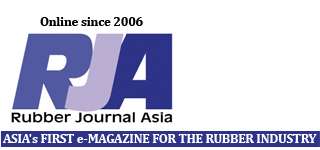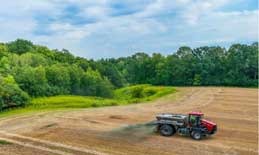Danish toy maker Lego Group has announced the introduction of a new sustainable material for selected Lego tyres, made from recycled fishing nets, ropes, and engine oil.
The material is created by repurposing discarded ropes and nets from ocean vessels which is then combined with recycled engine oil to reduce reliance of virgin fossil fuel-based ingredients.
It will initially be used in seven Lego tyre pieces, each containing at least 30% recycled content. The new tyres have already started appearing in Lego sets and the company expects these new tyres to be used in approximately 120 different sets by the end of 2025 and plans to explore ways to expand recycled content across more tire styles in the near future.
Chief Sustainability Officer Annette Stube said the company had over the past five years invested significant time in developing and testing this new recycled material to ensure it meets the company’s high standards for quality, safety, and durability.
The introduction of this material, known as rSEBS (blends of styrene-ethylene-butylene-styrene and other materials), is part of the company’s broader efforts to make Lego bricks and packaging from more sustainable materials. There is no single solution to the challenges of sustainability, which is why the company is exploring a range of solutions to reduce its environmental footprint and make its products from more renewable and recycled materials.
To date, it has tested over 600 different materials for its bricks and elements.
Key initiatives include:
Bio-polyethylene (bio-PE) – Since 2018, the company has used bio-PE, a soft, durable, and flexible plastic made using Brazilian sugarcane, for certain Lego elements such as minifigure accessories and botanical pieces. Today, more than 200 elements are made from bio-PE, with over half of Lego sets containing at least one of these sustainable components.
Recycled artificial marble (arMABS) – As of 2024, transparent Lego elements—including lightsabres, windscreens, and windows—contain 20% recycled material derived from artificial marble, commonly used in kitchen worktops. The group produces over 900 different arMABS elements, which, once fully transitioned, will feature in more than 85% of Lego sets.
e-Methanol and ePOM – It is collaborating with industry partners to purchase e-methanol, a material produced by blending renewable energy with CO2 from bio-waste. This innovative material will be used to produce ePOM, which is expected to debut in select Lego elements, including wheel axles, in the near future.
It adds it is also committed to transforming the raw materials used in its bricks. By the second half of 2024, 30% of all resin purchased by the company was certified according to mass balance principles, representing an estimated average of 22% renewable sources.

